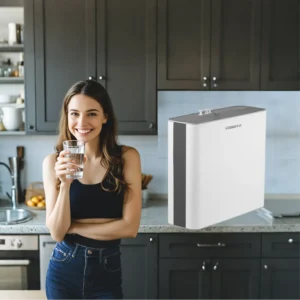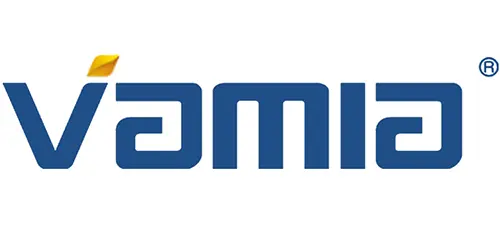Reverse Osmosis Technology Innovation Process

Technology improvement and optimization
Early reverse osmosis technology faced with unstable performance of membrane materials, low filtration efficiency and other problems.
With the development of material science, more efficient and durable membrane materials have been developed.
For example, the emergence of new composite membrane materials has improved the membrane’s anti-pollution ability and filtration efficiency.
At the same time, the structure of the membrane is optimized, using different forms such as rolled and tubular to adapt to different application scenarios.
Improve the efficiency of water production
In order to improve the water production efficiency of the reverse osmosis system, the technicians continuously improve the operating parameters of the equipment.
By optimizing pressure control and flow rate adjustment, the system is able to operate under more reasonable working conditions.
In addition, a multi-stage reverse osmosis system has been developed to increase the water recovery rate and reduce the waste of water resources.
Water Purifier Factory, Water Purifier For Home, Water Purifier Machine, Water Purifier, Water Filter Purifier System
Reducing Energy Consumption
Energy consumption is one of the important issues facing reverse osmosis technology.
To reduce energy consumption, energy-saving water pumps and control systems have been developed.
The new water pump adopts high-efficiency motors and intelligent control technology, which can adjust the working status of the pump according to the actual operating conditions and reduce energy consumption.
At the same time, the energy recovery device of the reverse osmosis system is improved to reuse part of the energy and improve the energy utilization efficiency.
Intellectualization and automation
With the development of information technology, reverse osmosis technology has realized intelligence and automation.
Real-time monitoring of water quality, flow rate and other parameters is carried out through sensors and control systems, and the operating state of the equipment is automatically adjusted according to the set program.
Intelligent technology not only improves the operational efficiency and stability of the equipment, but also facilitates user operation and maintenance.
Reverse Osmosis Technology Innovation Process

